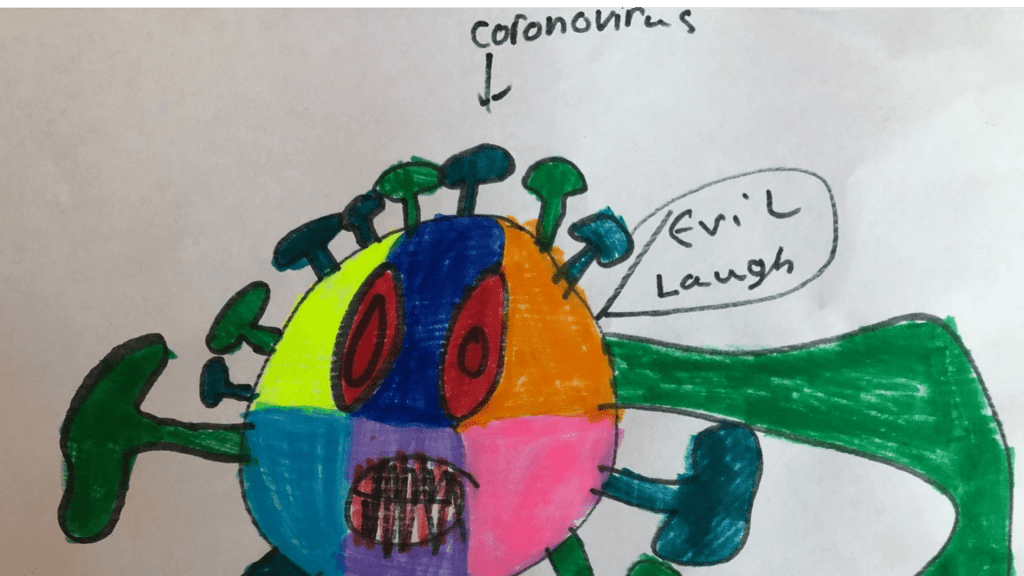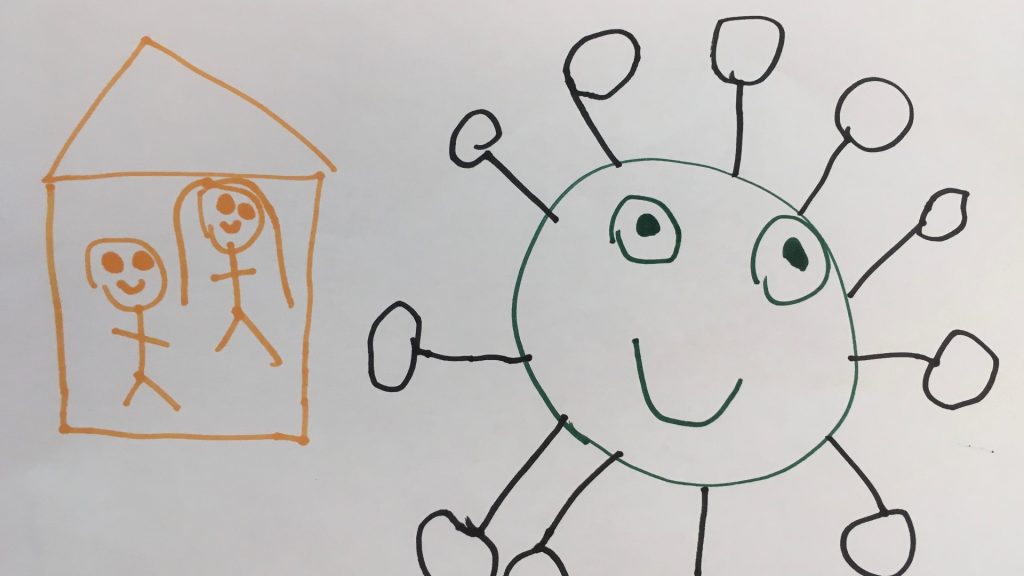Children’s Information about coronavirus (COVID-19)
This international research study focussed on aspects of child health literacy in relation to COVID-19. The study was led by Professor Lucy Bray in collaboration with colleagues at Edge Hill University and Keele University. The team worked with child health researchers from Canada, Brazil, Australia, Sweden and Spain to examine and compare data from across the world.
The project examined where children (aged 7-12 years) accessed information about coronavirus (COVID-19), their understandings of the virus and guidance for social distancing and their information needs. The team also collected information from parents about the decisions they made in sharing information about the pandemic with their children. Information was collected from children and parents through online surveys between 6th of April and the 1st of June 2020.
The survey to children aimed to foreground their abilities and alongside short questions and word association stems, asked children to draw and label a picture about COVID-19/coronavirus/corona and ‘why we are being asked to stay at home’.


A total of 390 children and 1,230 parents/caregivers participated in the study distributed across the 6 participating countries. The results demonstrated that most children accessed information about COVID-19 through their parents/caregivers (89%, n = 347) with the exception of children in Sweden whose main source of information was from school (90%, n = 45). Many of the parents/caregivers in this study reported making choices to shield (13%, n = 160) or filter/limit (37%, n = 451) their child from information about COVID-19.
The children reported and demonstrated in their pictures that they had a good understanding of coronavirus and measures to keep them, their families and their community safe, but had outstanding information needs. The study identified a need for child-focussed information about COVID-19 and a greater consideration of how children are facilitated at individual, family and community level to access credible information based on their preferences and abilities.
The study findings have been published as below and a further paper is awaiting the final stages of peer review.
Publications
Bray, L., Carter, B., Blake, L., Saron, H., Kirton, J.A., Robichaud, F., Avila, M., Ford, K., Nafria, B., Forsner, M. and Nilsson, S., 2021. “People play it down and tell me it can’t kill people, but I know people are dying each day”. Children’s health literacy relating to a global pandemic (COVID-19), an international cross sectional study. Plos one, 16(2), p.e0246405.
Contact us
For queries and further information, place contact Professor Lucy Bray using the details below.